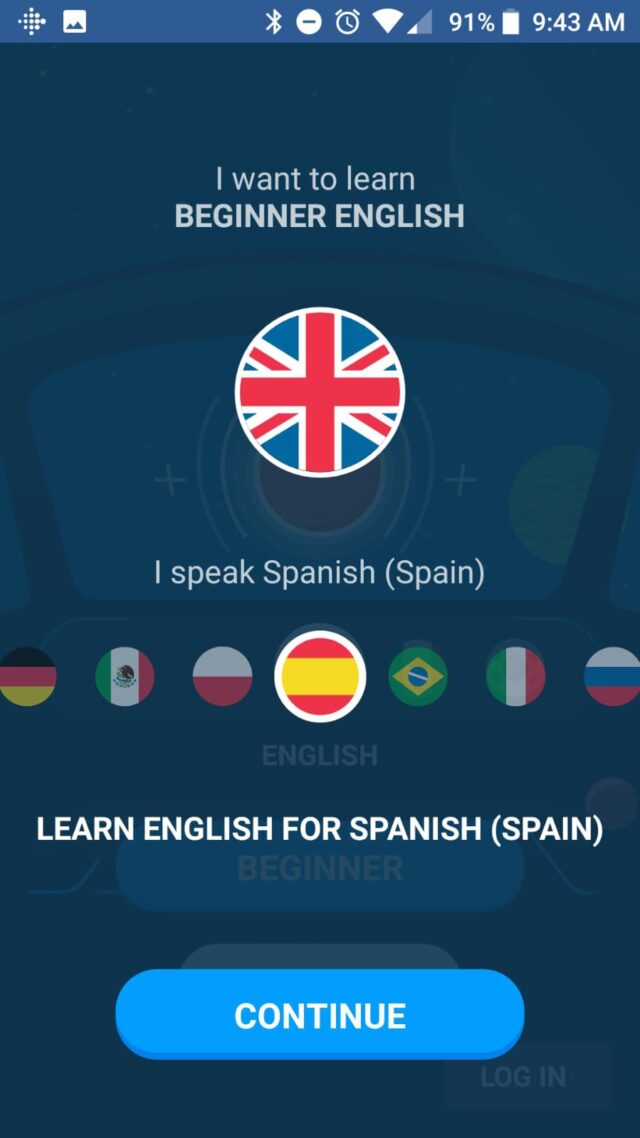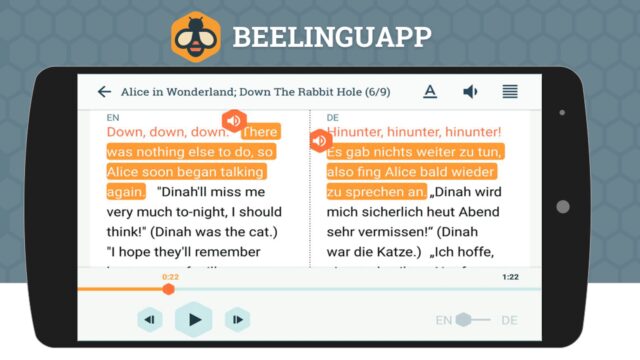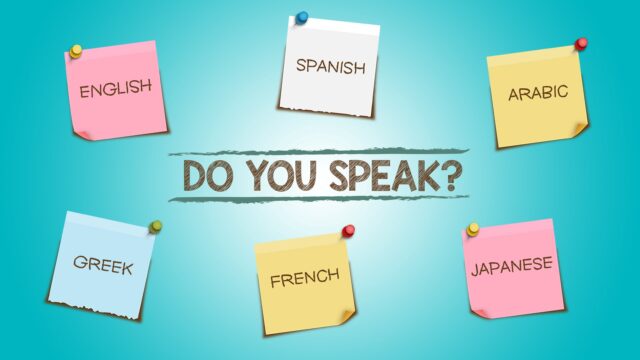
For sure, many people have already tried this type of training: just install the app, choose the desired language, and complete tasks daily. The course from textbooks, a disk with recordings, and additional materials are no longer necessary – everything is on the smartphone. Learn more at freeappsforme.
This is our reality: a modern person does not part with a smartphone. Why not learn with it? But will applications help you speak a new language?
Popular apps
1. Duolingo

Available to study the main European languages and rarer – with explanations in English.
You can choose the different intensity of learning: from 5 to 20 minutes per day.
You can add friends, see each other’s progress, and earn points for passing the level.
2. Memrise

Provides a wide range of languages, including Turkish, Korean, and Japanese.
It helps you learn pronunciation by comparing your speech with the recordings of native speakers.
You can set a goal for the day: to learn a certain number of words.
3. Beelinguapp

The peculiarity of the application is its orientation towards learning by listening to the text of a book and reading the same text at the same time.
Very wide choice of languages.
Works in offline mode.
All applications have an attractive interface that will help you to get back to class every day with pleasure. And a competitive moment (friends’ progress, their own goal for the day) will help increase motivation.
Main types of tasks in applications

At the zero levels, the app will teach you:
- The alphabet and reading rules.
- The simplest grammatical constructions (the order of words in a sentence, the rules for composing a question).
- A small stock of vocabulary on topics (“Family”, “Work”, “Weather”, “Products”, “Transport”, and so on. Here, the order generally coincides with any traditional course in the textbook and begins with simple everyday topics).
As a rule, the goal of tasks is to learn phonetics, vocabulary, and grammar. You will be offered:
- Pronounce words aloud (the app recognizes the correctness).
- Match several images and words – what is shown in the image.
- Put the words in the sentence in the correct order.
This training format has its advantages – an almost game-like approach makes it easy to return to tasks every day; they are short and do not have time to get bored. But there is a drawback: the tasks are very standardized, they teach you not to speak, but just to put words in the correct order.
What level can be reached?

If you start from scratch, with the help of the application, you will be able to master reading rules, basic grammatical constructions, and memorize words within the proposed topics. Of course, with proper perseverance and regular lessons (at least for a month or two), you will be able to read simple short texts, write sentences, and so on.
If you choose to study an exotic language, which at first glance seems very difficult, with the help of simple tasks in the form of a game, you can overcome the initial barrier to new knowledge. This is a huge plus for apps.
5 reasons why you will still need courses

No matter how smart the app is, it is not a substitute for communicating with people. The main goal of language learning is the ability to speak and listen to others. After all, each person has their speech characteristics, accent, and no application (as well as audio courses) that can fully give the skill of communication.
Ultimately, to reach at least a stable intermediate level (Intermediate according to the generally accepted classification in the case of English), you will need to take classes with a teacher in person or a group. Why?
- The teacher will immediately evaluate your pronunciation and help you correct it. The app can recognize speech using the smartphone’s functions, but this mechanism is quite primitive. Before more complex aspects of phonetics (intonation, timbre), the smartphone will be powerless.
- If the explanation of the grammatical form or rule is not clear from the app’s lesson, you have no one to ask for clarification (if you only search for additional information in other sources). The teacher can give an additional explanation in the lesson.
- When communicating with a teacher or group, the variety of vocabulary is much greater due to the human factor. You don’t know what word or expression your interlocutor will choose, and the app is kept within the topic (lesson).
- The teacher constantly evaluates each student’s progress and can complicate tasks at each lesson, or vice versa, go back to the past, if necessary. The app will only remind you from time to time that you need to pass one of the old lessons to refresh it in your memory.
- For the full development of speech, you need constant feedback from the interlocutors. You can make a mistake in the grammatical structure. However, to maintain a conversation, you will still be forced to continue the phrase and immediately assess whether you are understood. This is a much more complex process than placing cards with words on the phone screen.
Conclusion

To speak, you need to translate passive vocabulary (read, learned, heard) into active. Use it at least several times in a conversation, after which it is assimilated and stored in long-term memory, which means that you are ready to use it in communication.
As an auxiliary tool, the application will not interfere. After all, it is also a quick repetition of vocabulary and grammar. And the competitive moment will help motivation. If you have 2 lessons per week, the rest of the days, it is better to study with the application for 15 minutes than not to study at all.
But applications should not be evaluated as the main path to language acquisition.







